Animal Sex: 7 Tales of Naughty Acts in the Wild
Animal Sex Tales
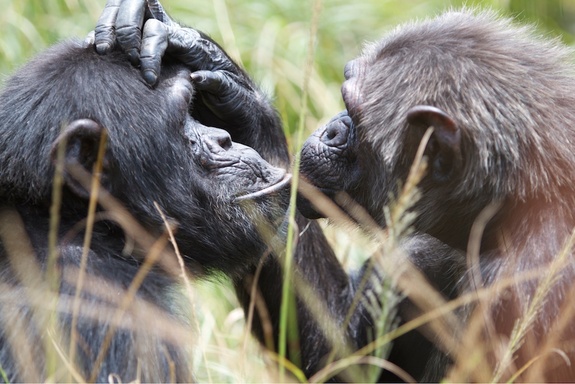
From small and subtle to large and in charge, sex in the animal kingdom is just as varied as the beasts themselves. While mating in black widow spiders involves a vibrating song and dance, some bats perform oral sex on their partners to prolong the naughty act, and for chimps, well, let's just say, sex is bold and involves swollen bottoms and penis displays.
How kangaroos do it
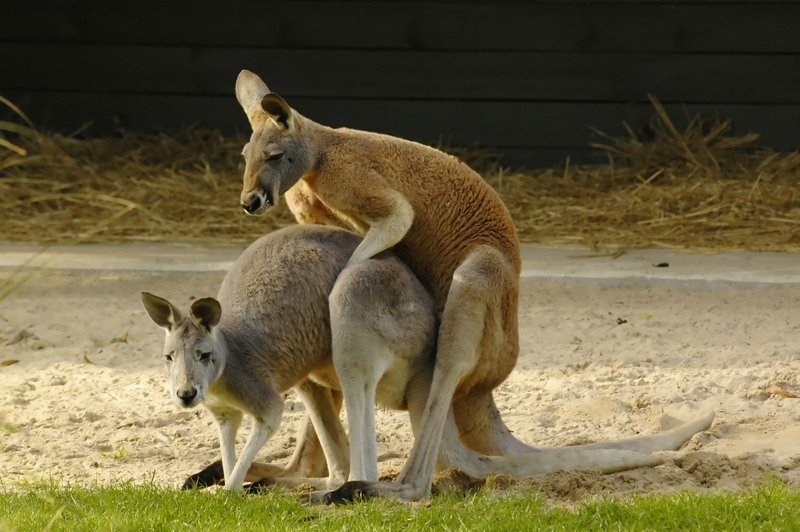
Kangaroos are capable of breeding all year-round, though most mating occurs in late spring and early summer. Males are highly competitive over females and battles are common. To start the sensual act, "a male will rub his chest on the grass or some bushes, growl and cluck as he stands up onto his toes and tail tip," said biologist Emily Miller of the University of Sydney in Australia. The other male will either bow low and cough (signifying he declines the challenge) or fight back, resulting in a violent boxing match that usually ends when the loser runs away.
After a male has won access to a female, he will grab her at the waist from behind with his powerful arms, hold her still and mate with her for up to 50 minutes. Interestingly, females have three vaginas — two for sperm and one in the middle for birthing. Males have long, double-headed penises to inseminate the lateral vaginas. [Read more about kangaroo sex]
How blue whales do it
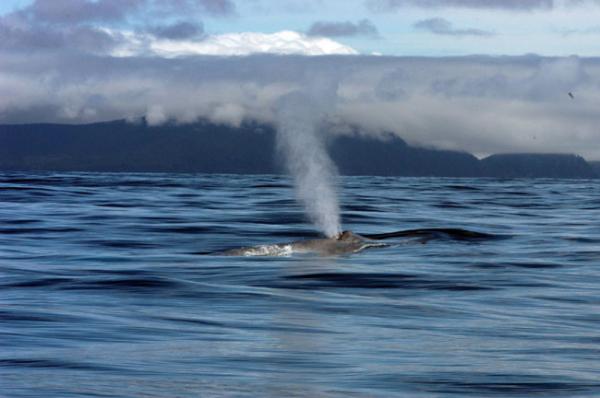
Despite being the largest animal ever to live on Earth, blue whales are quite elusive. In fact, scientists have never spied them "in the act."
Here's what scientists do know about blue whale mating: Balaenoptera musculus whales reach sexual maturity between 5 and 15 years of age, and have a gestation period that lasts 10 to 12 months. In late July and early August, they begin to form pairs, where a male will follow a female around for weeks on end. "I think this pairing up is sort of like dating," Richard Sears, a cetacean researcher with the Mingan Island Cetacean Study, told LiveScience, adding that sex between the couple isn't a foregone conclusion. [Read more about blue whale sex]
How black widow spiders do it
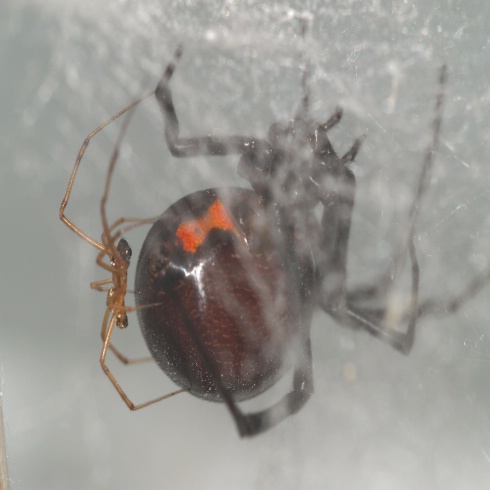
Black widow spiders are so named because of the widespread belief that the female spider always eats her partner after sex, but the mating habits of these arachnids aren't actually so black and white.
In each of about three black widow species, the male is no more than half the size of the female. After maturing, the male will spin a small "sperm web." He deposits some semen into the web and coats his palps —two appendages near the mouth, which resemble tiny claws or thick antennae — with sperm. He then sets off to find a female of his species.
When he finds a mature female, the male will perform a vibratory song and dance on her web by plucking the strands as he walks around. He cautiously makes his way to the female, and then starts tapping her body. Eventually, the male will insert his palps into the female's reproductive opening on her abdomen. With his sperm deposited, the male hightails out of there, lest he becomes a post-sex snack — at least for species that prefer a post-coital meal. [Read more about black widow spider sex]
How great white sharks do it
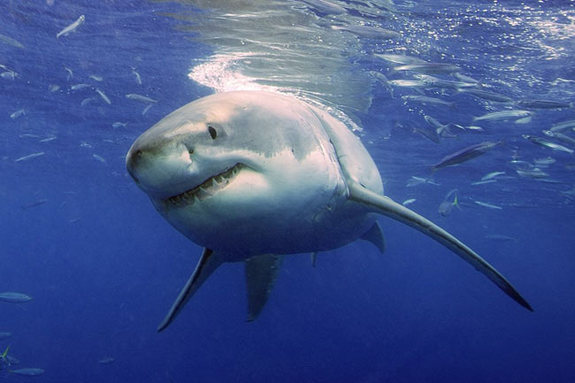
Great white shark sex is pretty hush-hush. Scientists also don't know how great whites get down to business — in fact, their mating behavior has never been witnessed.
Even so, research has shown the species reaches sexual maturity at age 15, and that males have a modified pelvic fin called a clasper to impregnate females (internally). Based on observations of other shark species, researchers believe male white sharks must first bite their mates near their heads or pectoral fins, giving them enough leverage to insert their claspers. Impregnated females then migrate for two years, a behavior that's likely linked to their 18-month gestation period. After giving birth to live young, which spend the first years of their lives in coastal waters, females return to their breeding grounds to mate again. Males, it seems, return every other year to their breeding grounds off Guadalupe Island. [Read more about great white shark sex]
How bats do it
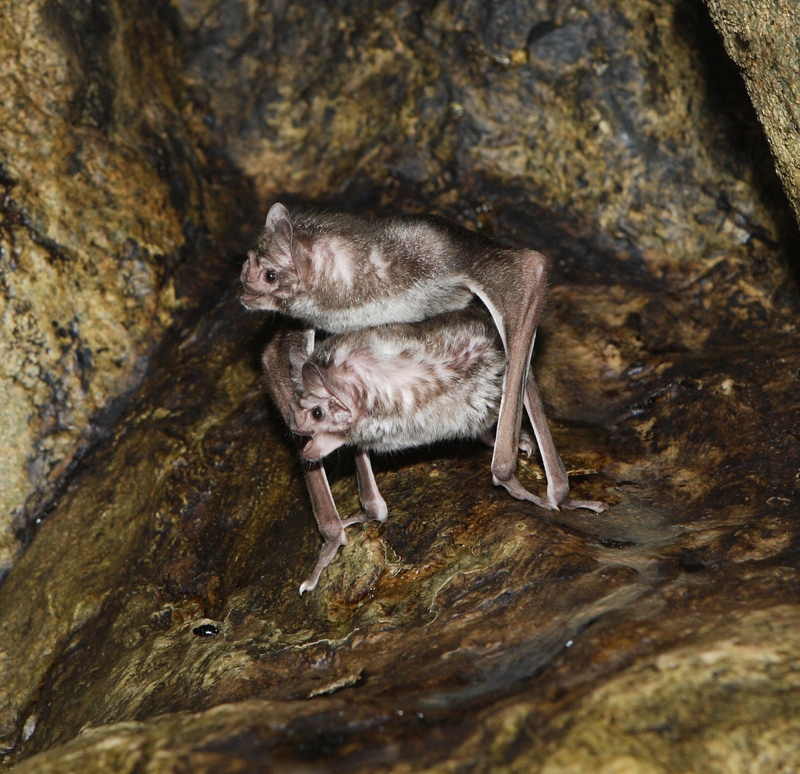
Given they are the only mammals able to fly, bats have some unique, and quite diverse, mating behaviors not seen in other mammals. For hibernating bat species, males and females meet for the first time that year at their winter hibernation sites where they swarm in large numbers, chasing each other and performing dazzling aerobatics.
Other species, such as horseshoe bats, are more discrete in their courtship and don't form swarms — the females visit males at their individual roosts.
Arboreal bats have their own way of doing things. Male hammer-headed bats line up in trees along the riverbank and try to woo passing females by "honking" at them. Male sac-winged bats, on the other hand, hover in front of females to waft enticing pheromones and demonstrate their flying prowess.
For some species, mating takes place upside down, whereas other species mate on cave walls or in rock crevices. The male takes hold of the female from behind and inserts his penis into her vagina — this encounter can be brief, or long and noisy.
Researchers have found that female short-nosed fruit bats perform oral sex on their mates to prolong the act; male Indian flying foxes do the same thing to females. [Read more about bat sex]
How chimps do it
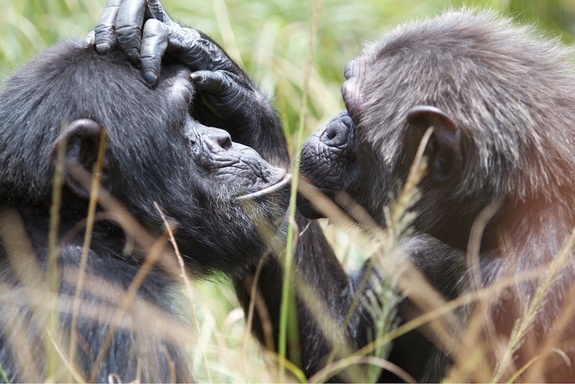
Chimps may share most our DNA, but when they get busy it's much bolder than human sex. Like humans, chimpanzees have sex year-round. When a female is in heat, the skin around her genitals becomes pink and swollen — a clear sexual signal to males.
If a female is interested in a male, she'll put her swollen bottom right up in his face. When a male wants sex, he shakes a tree branch or displays his erect penis to a female.
While human males often prize youthful partners, male chimps prefer older females who have the most sex. Subordinate males often like to mate in secret, out of the alpha male's sight. If an alpha male catches a coital couple, he may execute a "bluff display," where he charges at the pair, Darby Proctor, a primatologist at Emory University, told LiveScience.
But his aggression is wasted. A few seconds after a male mounts a female from behind, the deed is already done. [Read more about chimp sex]
How crocodiles do it
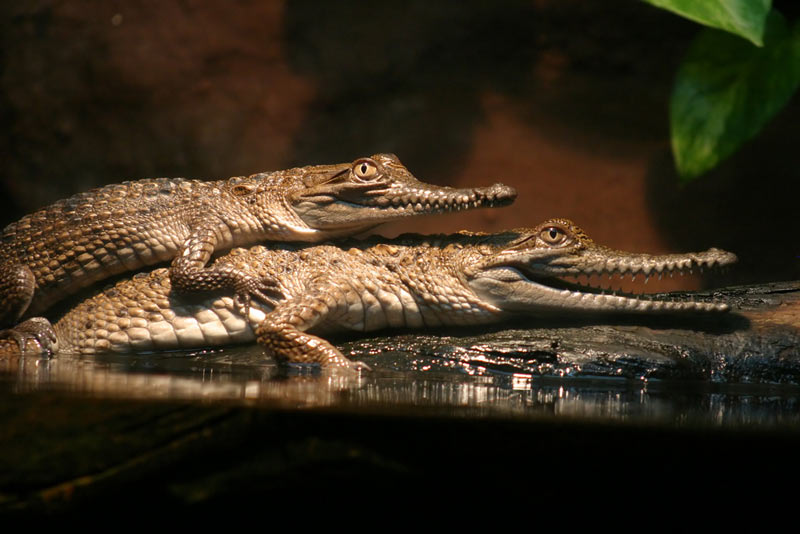
Crocodiles are well-known for their armored skin, sharp teeth and powerful jaws, but the ancient reptiles' mating behavior is just as striking as their appearance. Though mating behaviors vary among the 23 crocodile species, they do share many similarities. The scaly sex starts with a dance. Males begin by bellowing above water, while producing low-frequency infrasound, which humans cannot hear.
Males may also slap their snouts on the water, blow water from their noses or perform certain arched postures. At closer ranges, they may release an oily musk, which floats on the surface of the water, to further entice the female.
Once the male and female meet up, they'll tenderly rub each other's snouts and backs, ride one another or blow bubbles. When the couple is ready for business — sometimes after several hours of courtship — they'll twist around each other, trying to align their cloaca (waste and reproductive orifice). Seconds after alignment, the male inseminates the female with his hidden penis. [Read more about crocodile sex]
Sign up for the Live Science daily newsletter now
Get the world’s most fascinating discoveries delivered straight to your inbox.











